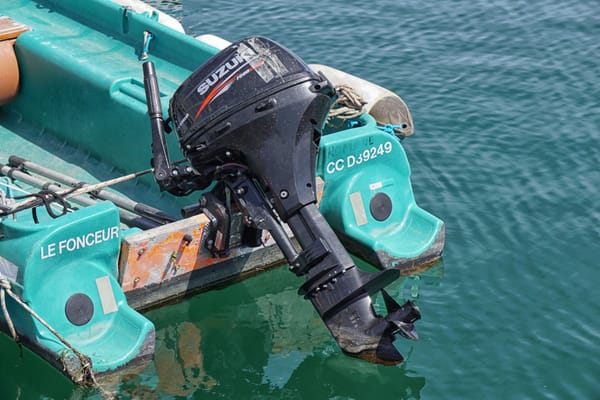Mastering the Fish Finder: How to Use Tech to Maximize Your Boat's Potential
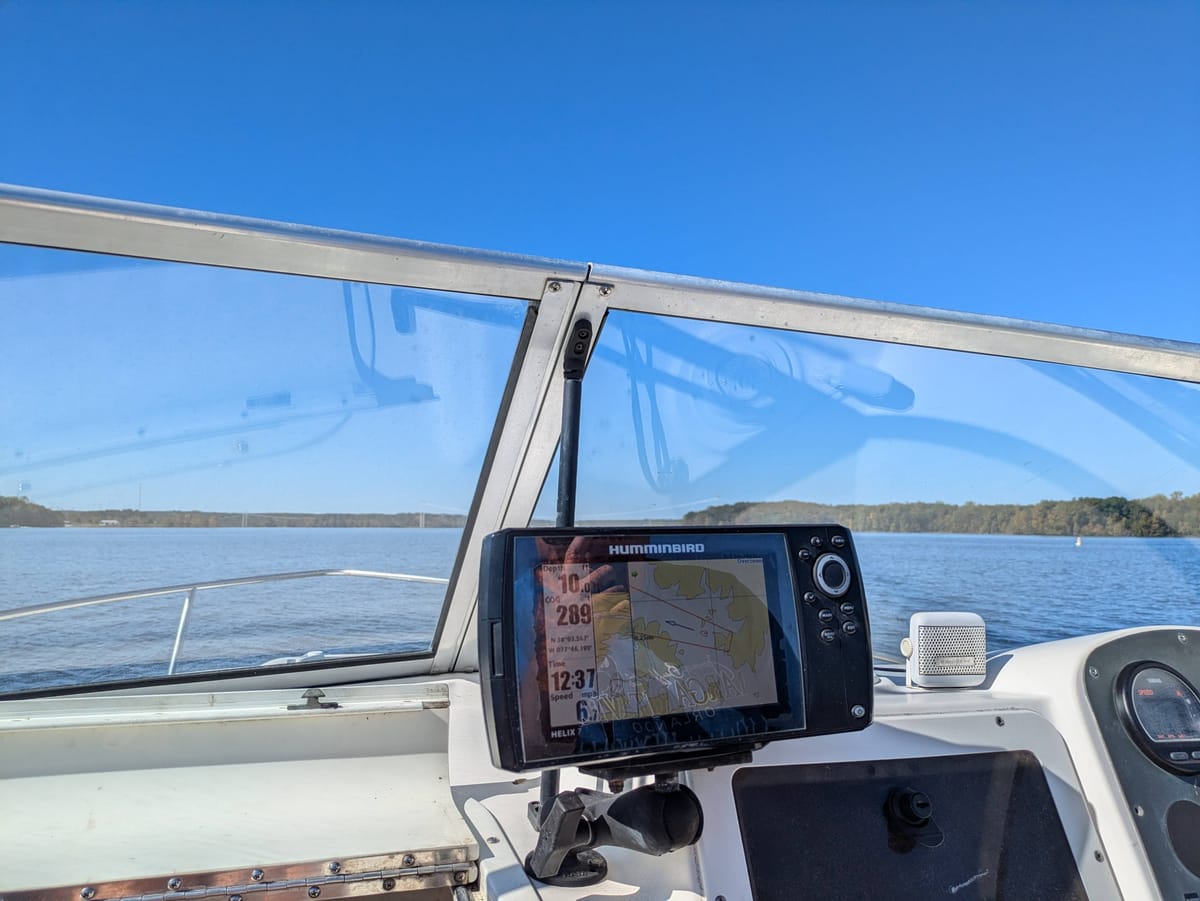
Modern fish finders have transformed recreational and professional angling. No longer just blips on a screen, today’s models offer high-resolution imaging, GPS mapping, real-time sonar and even smartphone integration. Despite the power packed into these devices, many boaters use only a fraction of their potential.
Whether you're chasing striped bass off the Maine coast or jigging for crappie in a freshwater lake, here's how to get the most out of your fish finder, whether you’re cruising out from a marina or docked at a private boat slip rental.
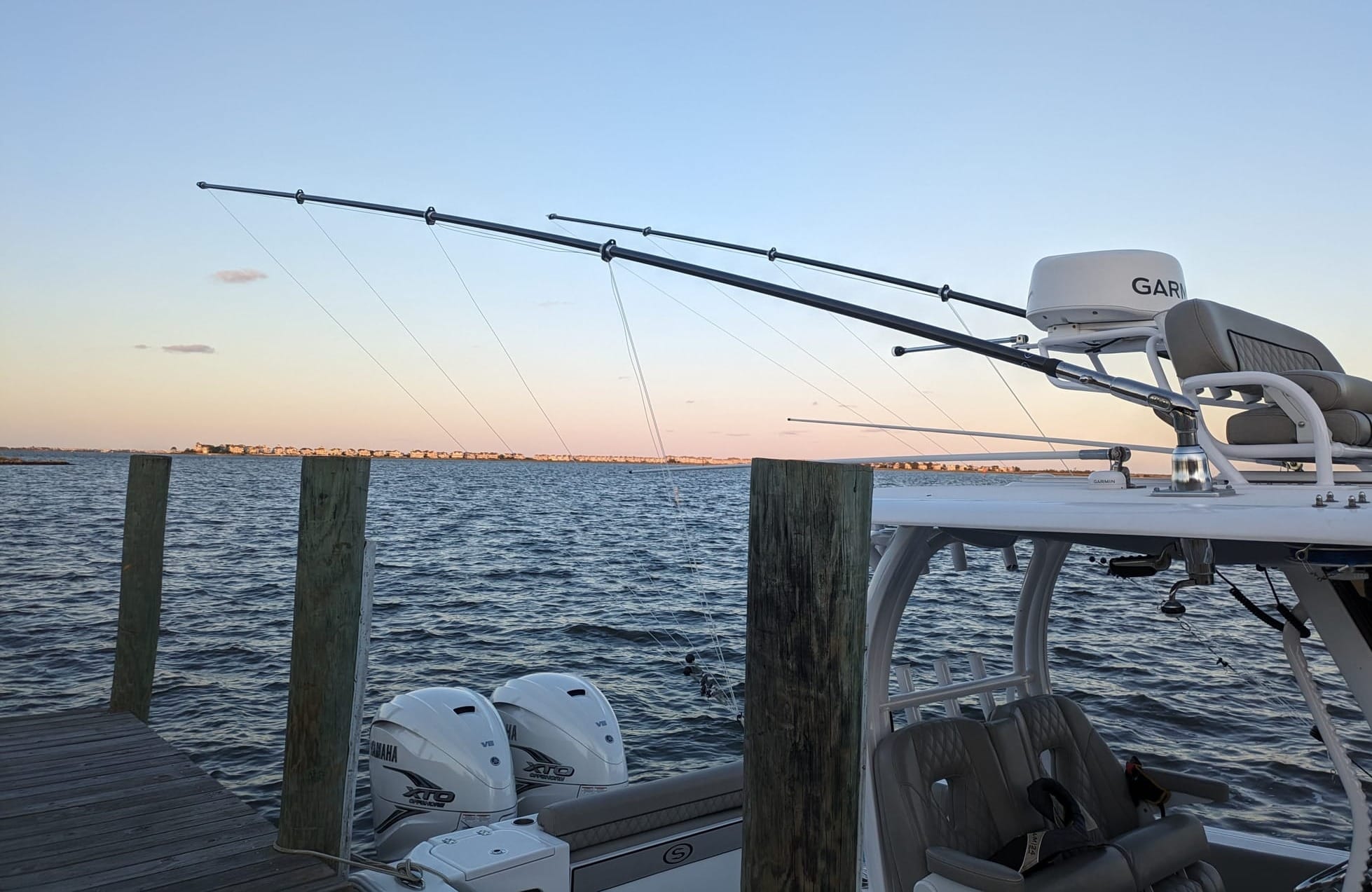
1. Understand the Basics: How Fish Finders Work
At the core of every fish finder is sonar technology. The device sends sound waves into the water and measures how long they take to bounce back. By analyzing these echoes, the fish finder paints a picture of what’s below your boat. This includes fish, depth and bottom structure.
Key components:
- Transducer: Sends and receives sonar signals
- Display Unit: Visualizes sonar data
- GPS Module (in combo units): Tracks your position and lets you mark waypoints
2. Choose the Right Frequency for the Conditions
Modern fish finders often offer multiple frequencies:
- High frequency (200 kHz and above): Best for shallow water and offers detailed images
- Low frequency (50–83 kHz): Penetrates deeper water but with less detail
- Dual or CHIRP sonar: Sends a sweep of frequencies, providing better target separation and clearer images
Tip: If you’re fishing both shallow and deep waters, look for a CHIRP-enabled unit. This gives you the best of both worlds.
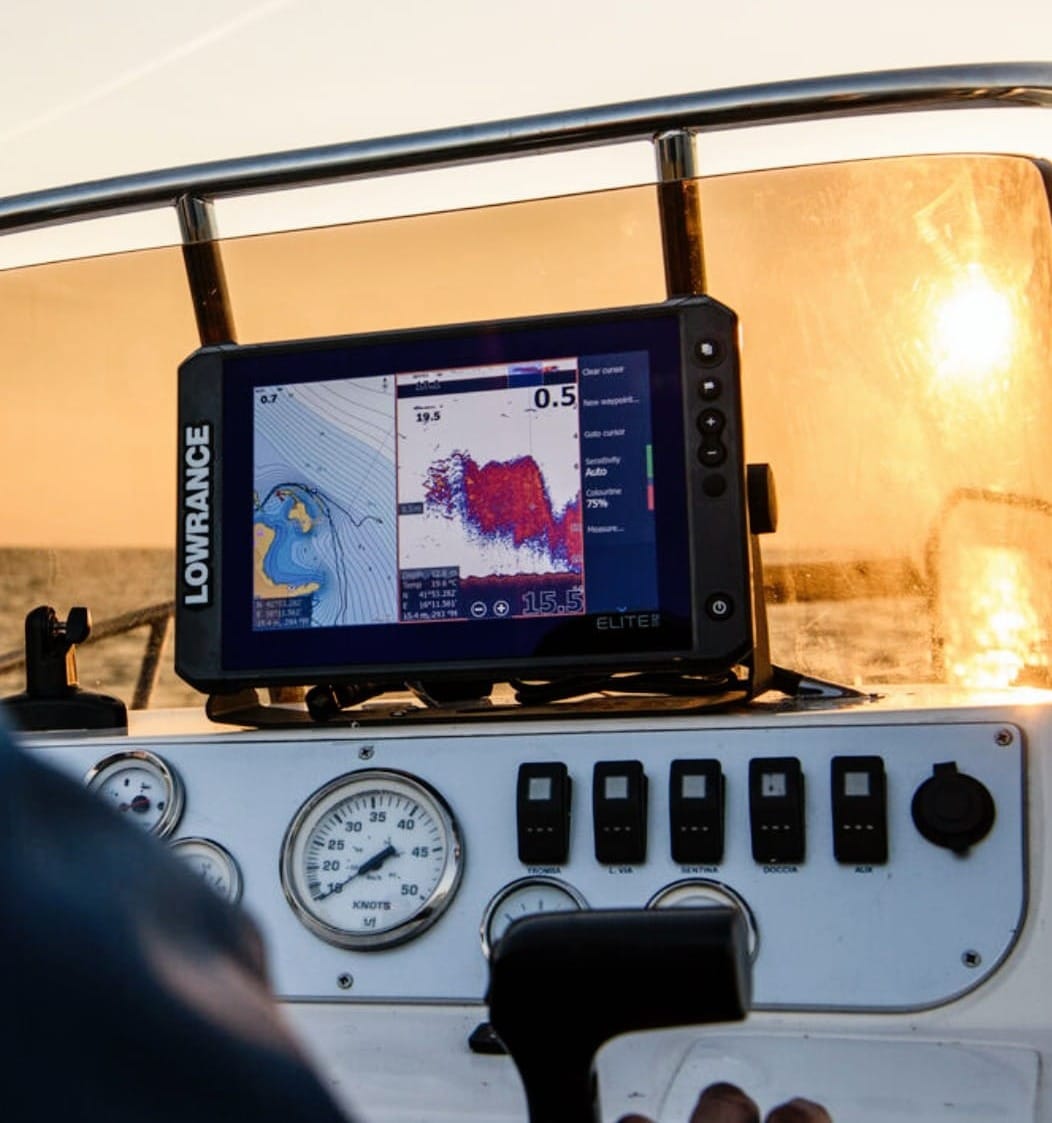
3. Fine-Tune Your Settings
Default settings are okay for beginners, but if you really want to read the water, manual adjustments are key.
- Sensitivity: Increase it to detect smaller fish, but avoid too much or you’ll see clutter.
- Range: Manually set your depth range to focus on the water column you’re actually fishing.
- Color Palette: Use different color schemes for better visibility based on light and water conditions.
- Fish ID: While useful, it can misinterpret objects. Learning to read raw sonar returns is more accurate.
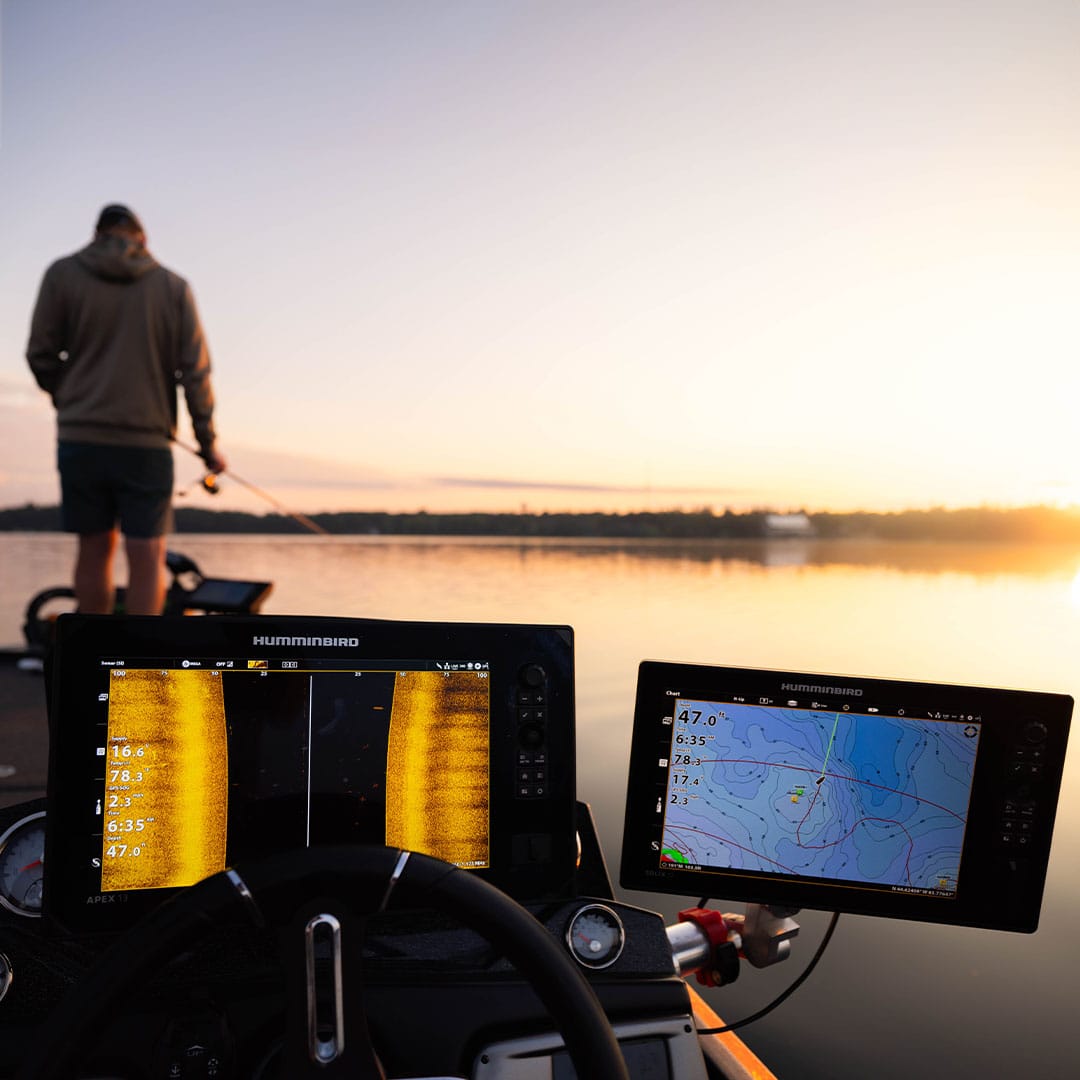
4. Use Down Imaging and Side Imaging Wisely
- Down Imaging (DI): It gives a vertical snapshot below your boat and is great for locating fish holding tight to structure.
- Side Imaging (SI): This shows a wide swath of water to the left and right. It’s perfect for scouting large areas without passing directly over fish.
Pro Tip: Use side imaging when scouting and switch to down imaging when targeting a specific spot.
5. Take Advantage of GPS and Mapping Features
Most modern fish finders have built-in or compatible GPS systems. Use them to:
- Mark waypoints (honey holes, hazards and drop-offs)
- Follow contour lines on detailed charts
- Create custom maps of lakes or bays using sonar logs (e.g., Humminbird’s AutoChart Live or Garmin Quickdraw)
Tip: Save routes and tracks so you can retrace productive paths or avoid underwater obstacles.
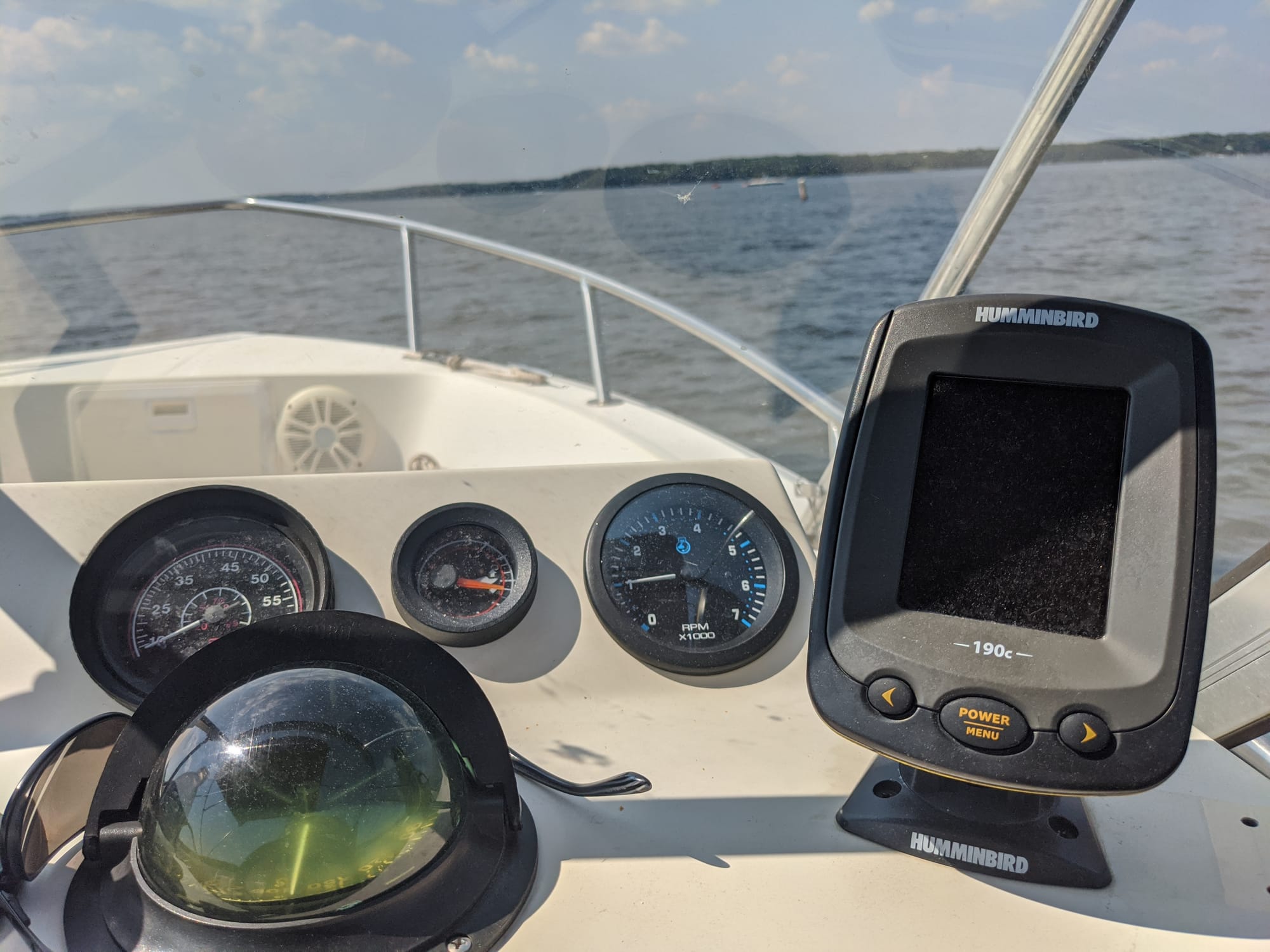
6. Learn to Interpret Sonar Returns
Reading sonar is like learning a new language. Start with these basics:
- Fish arches: Fish often appear as arches in traditional sonar (especially when stationary or slowly moving).
- Hard bottom vs. soft bottom: Hard bottoms reflect stronger signals and show as thicker lines.
- Bait balls: Clusters of small dots or blobs (a good sign predators may be nearby).
- Thermocline: A consistent horizontal line (a temperature layer where fish often hold).
7. Practice in Familiar Waters
The best way to master your fish finder is to use it often in places you know well. Compare what the screen shows to what you’re actually seeing or catching near your private boat lift for rent or marina. Try different views - such as traditional sonar, down imaging and side imaging - and learn how each represents underwater features.
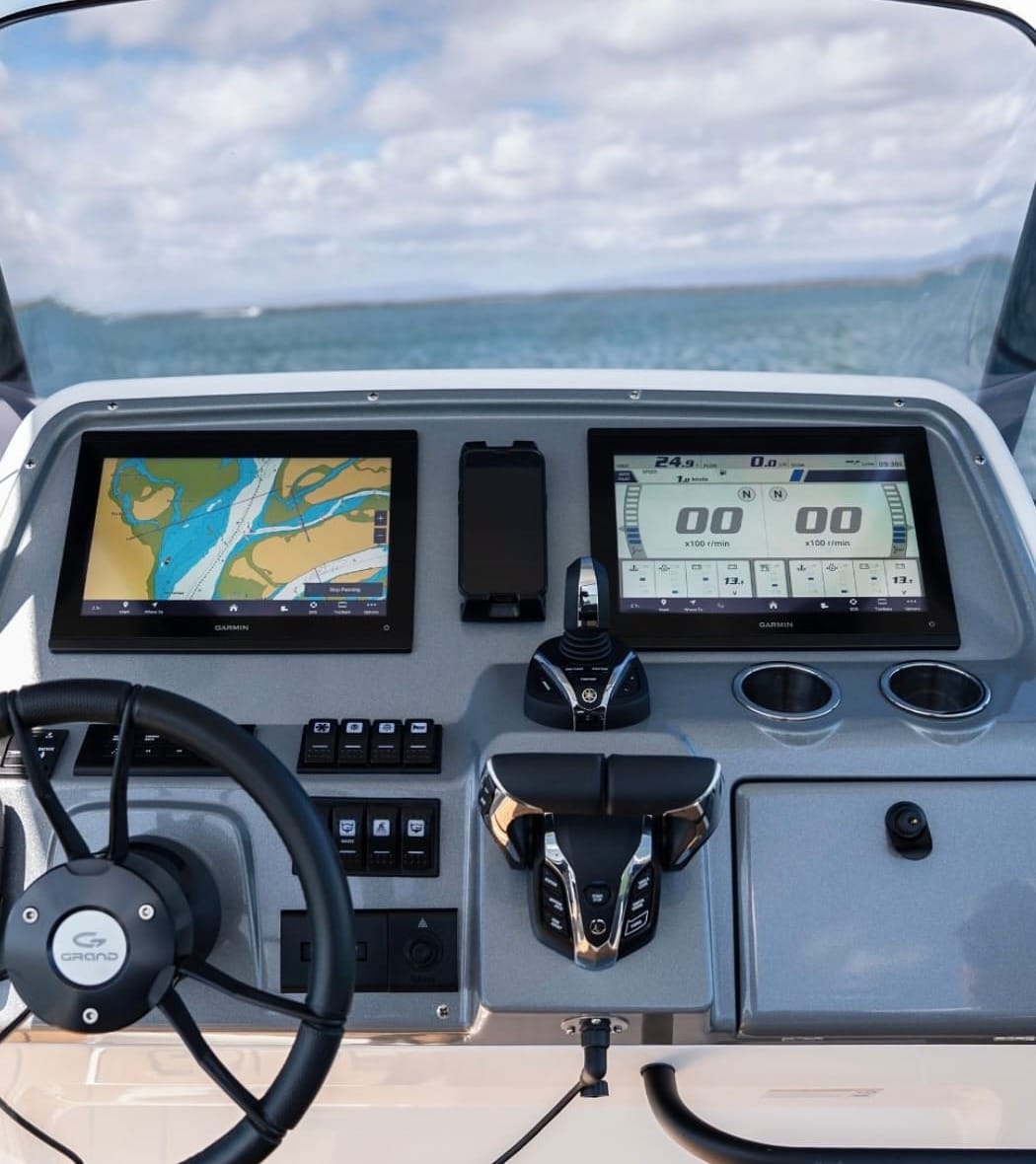
8. Update Software and Maps Regularly
Manufacturers frequently release updates that improve performance or add new features. Keep your device up to date to maximize functionality.
Make sure your maps (if SD card-based or downloadable) are current. Some services offer free or discounted updates.
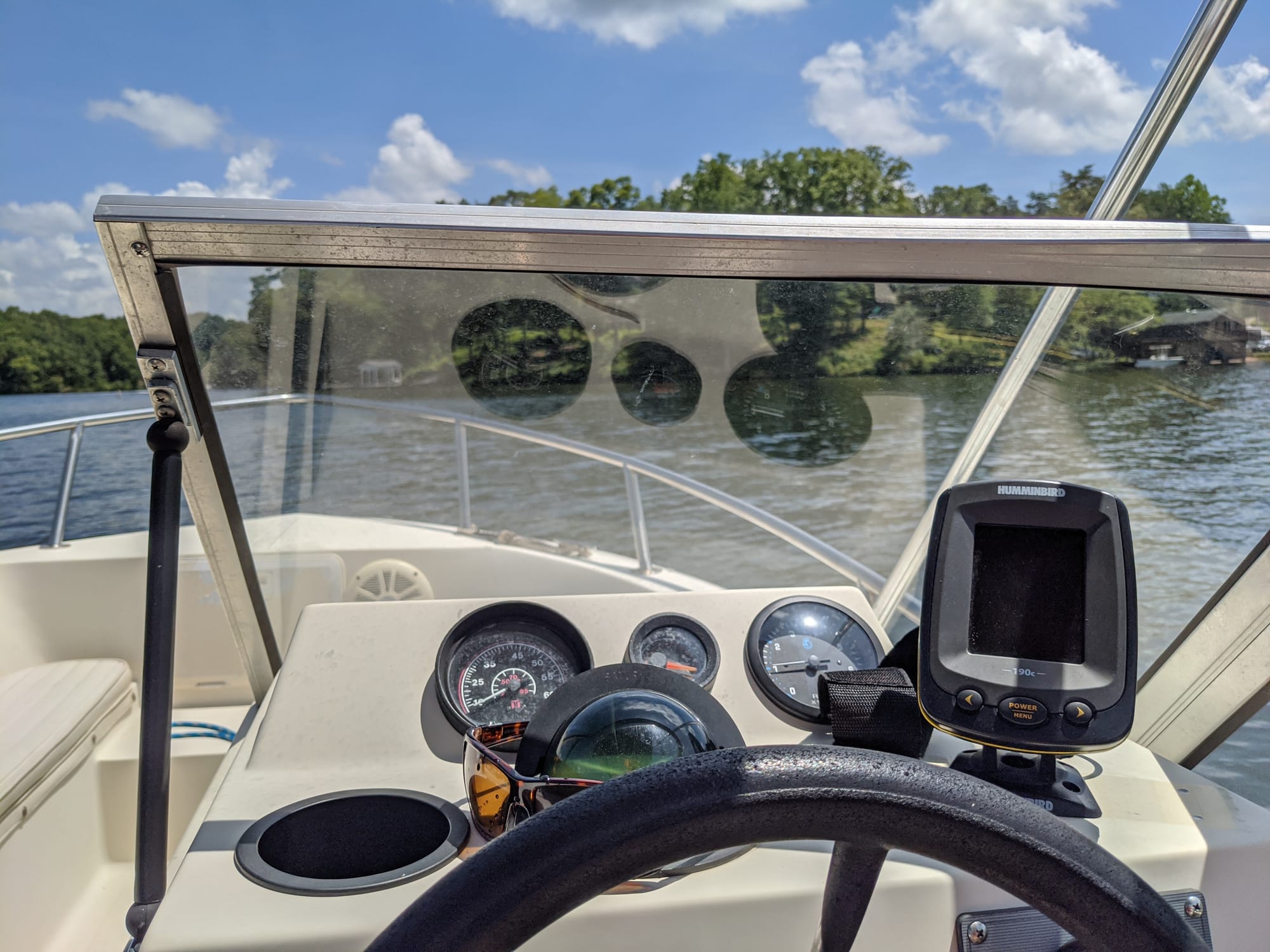
9. Sync With Mobile Apps and Cloud Services
Brands like Lowrance, Humminbird and Garmin offer companion apps. These integrations can streamline your fishing experience and give you access to your data on and off the water. These let you:
- Pre-plan trips with map overlays
- Sync waypoints and sonar logs
- Share catches or depth maps
- Back up your data to the cloud
10. Protect and Maintain Your System
- Mount securely to avoid damage in choppy water.
- Clean the transducer regularly to remove algae, barnacles and other detritus. This can be done at the marina, in your driveway or at a private boat dock for rent.
- Cover the display unit when not in use to protect from UV damage.
- Check connections for corrosion, especially in saltwater environments.

